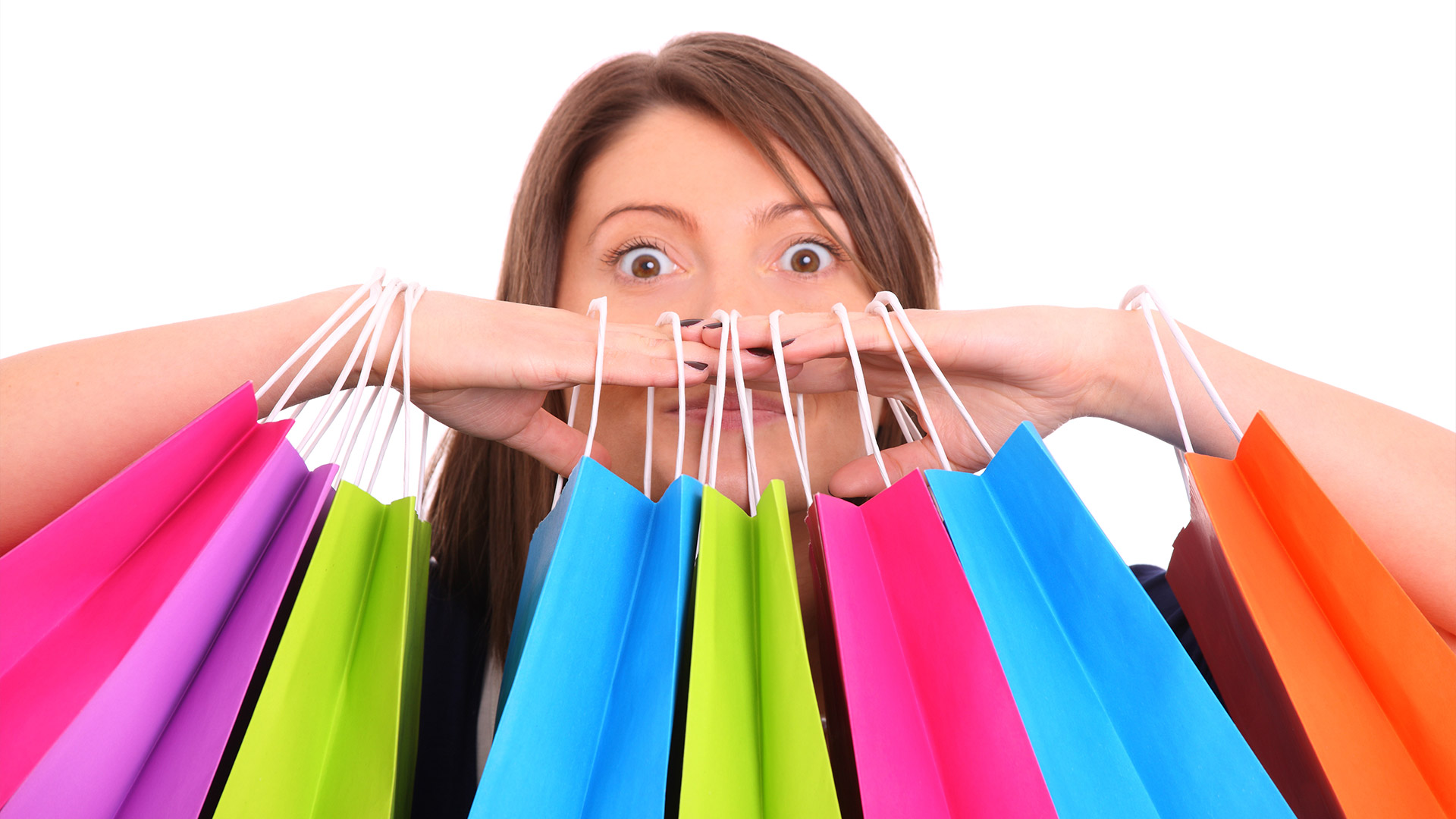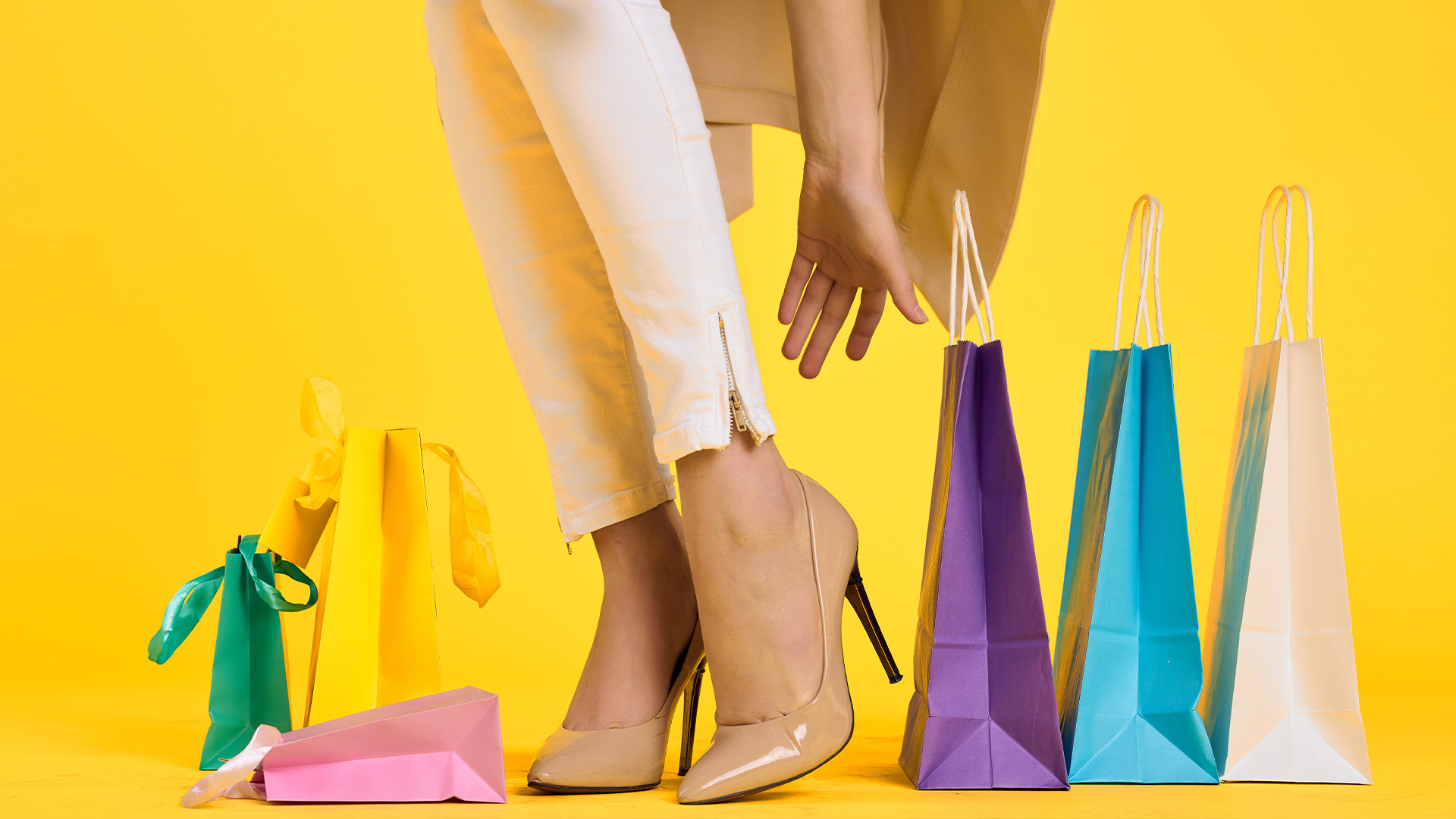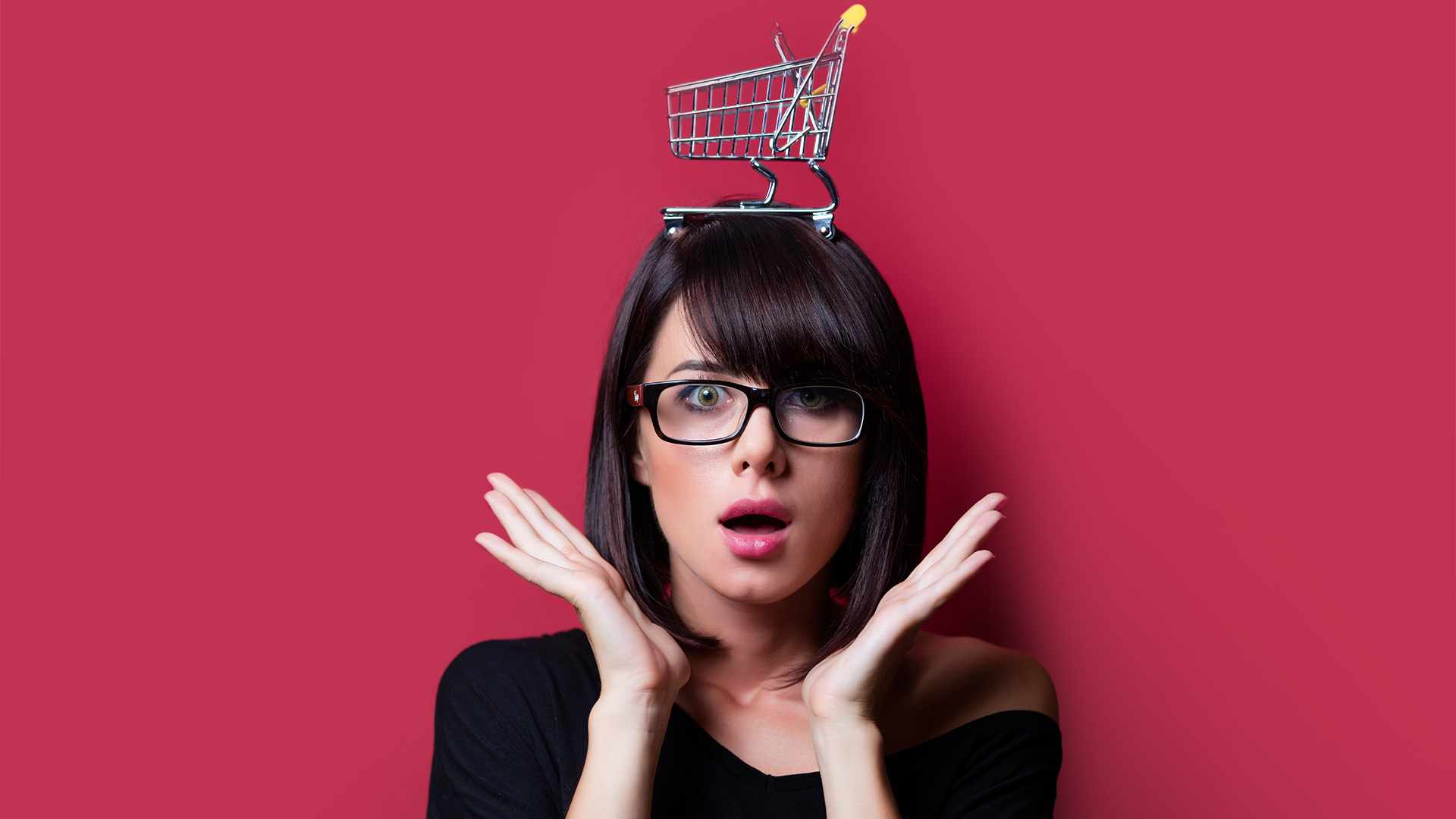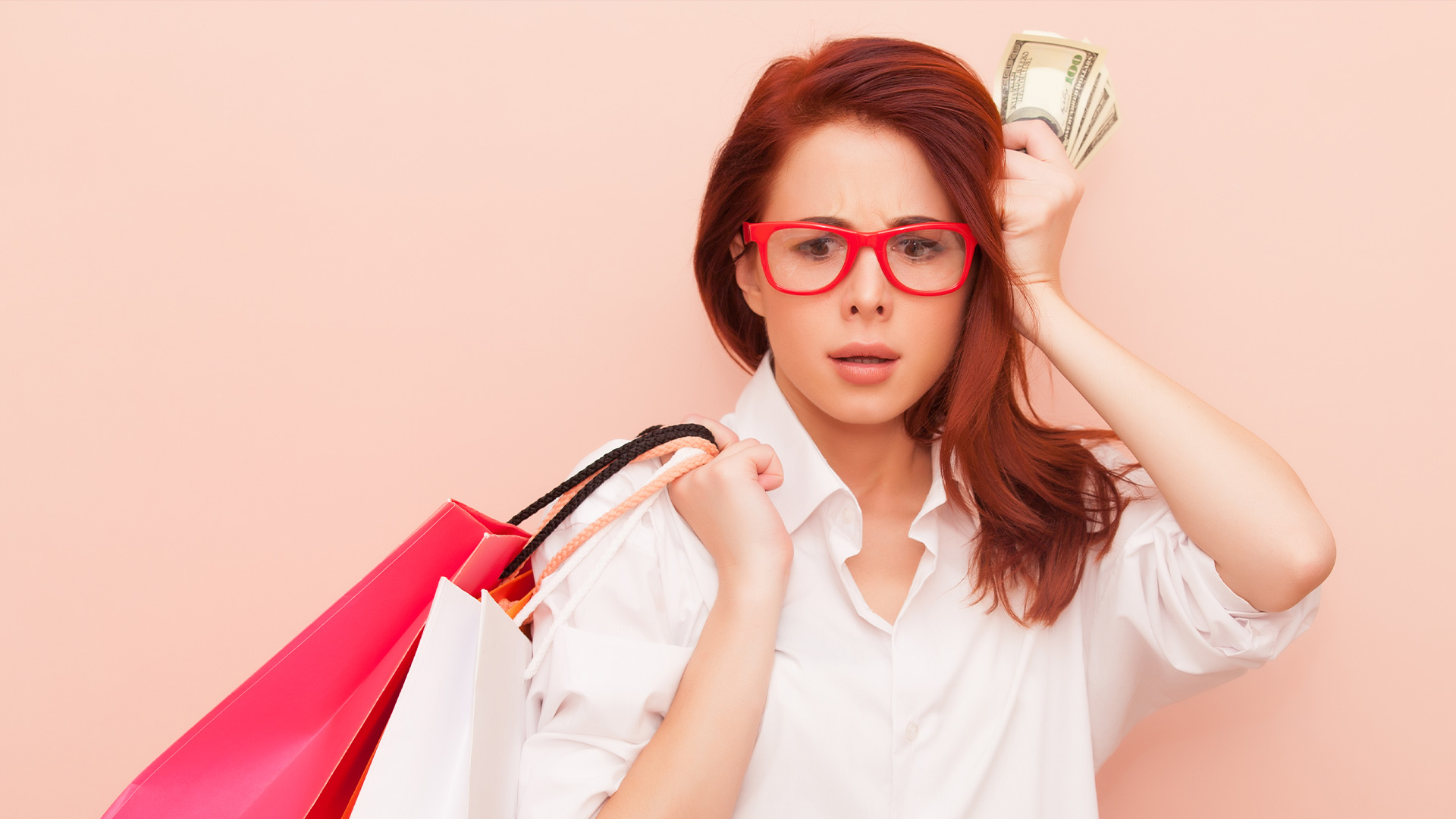We’ve all heard the phrase: “I just needed a little retail therapy.” And sometimes, it works. A new candle, a great outfit, or a well-deserved splurge can lift your mood. But when does shopping shift from a harmless mood-booster to a coping mechanism that masks deeper issues?
The difference between casual retail therapy and problematic emotional spending isn’t always obvious. That’s why learning to spot the signs--and understand the root causes--can help you make smarter, more compassionate choices about how and why you spend.
What Is Retail Therapy?
Retail therapy is the act of buying something to improve your mood. You feel low, anxious, bored, or stressed, and shopping gives you a short-term boost. It’s common, and it’s not inherently bad.
Shopping can:
- Create a sense of control during chaotic times
- Provide sensory pleasure (textures, colors, smells)
- Give you a temporary dopamine rush
- Help you express identity or shift how you feel about yourself
Done occasionally and with awareness, it’s no different than treating yourself to a night out or watching a comfort movie. The problem comes when it becomes the only way you deal with emotion.
Why Retail Therapy Works--But Only Briefly
Your brain rewards novelty and anticipation. When you shop, your brain releases dopamine--not just when you get the item, but even while browsing or imagining owning it.
But here’s the catch: the dopamine hit is short-lived. Once the package arrives or the tags come off, the boost fades quickly. And if the underlying emotion hasn’t been addressed, you’re back where you started--only now with less money and maybe a little guilt.
When Shopping Becomes a Problem
So how do you know if retail therapy has turned into something deeper?
1. You’re shopping to escape, not enhance
Ask yourself: Am I buying this to make a good moment better--or to numb something I don’t want to feel?
When shopping becomes an escape from stress, sadness, boredom, or loneliness, it can become a default coping mechanism instead of a conscious choice.
2. You don’t remember what you bought last week
If packages arrive and you barely remember ordering them--or don’t feel excited when they do--that’s a red flag. You’re chasing the rush, not the item.
3. You feel guilt or shame right after spending
The classic “buyer’s remorse” hits hard when you’re spending for emotional reasons. If every splurge leads to self-criticism, it’s not helping--it’s hurting.
4. You’re hiding purchases from others
If you feel the need to hide receipts, stash boxes, or lie about what you spent, that’s a sign that you don’t feel in control. Honesty is a key indicator of a healthy relationship--with people and with money.
5. Spending is causing financial stress
If your shopping habits regularly derail your budget, lead to overdrafts, or keep you from hitting goals, it’s time to take a closer look--regardless of how harmless the purchases seem.
6. You can’t stop even when you try
Have you tried a no-spend week or deleting shopping apps, only to end up browsing late at night anyway? That loss of control suggests that something deeper is driving your habits.
What’s Really Going On?
Often, chronic retail therapy is a symptom--not the cause.
It can be tied to:
- Unprocessed emotions: Sadness, grief, anger, anxiety
- Unmet needs: Connection, rest, validation, joy
- Stress cycles: Especially around work, relationships, or money itself
- Habit loops: Shopping becomes what your brain expects when a certain feeling hits
Understanding the root can help you respond with compassion, not shame.
How to Break the Retail Therapy Cycle (Without Going Cold Turkey)
Step 1: Name the Feeling First
Before spending, pause and ask: “What am I really feeling right now?”
Even if you still make the purchase, you’re inserting awareness--and that breaks the auto-pilot pattern.
Step 2: Build a Joy List
Make a list of 10 things that make you feel good without spending money. Put it somewhere visible. When the urge to shop hits, try one of these first:
- Take a walk with music
- Call a friend
- Clean or rearrange a space
- Write or journal
- Do something creative
- Watch a funny video
If you still want to buy something afterward, go for it--but now you’ve at least checked in with yourself first.
Step 3: Create a Comfort Budget
Set aside a small amount each month for impulse purchases or “treats.” This gives you a safe container to spend within--no guilt, no chaos.
When that money’s gone, pause until next month. The boundary builds control while still honoring your need for comfort.
Step 4: Track Emotional Triggers
Keep a spending journal for one week. Log what you bought, how you felt before and after, and what you were doing at the time.
Patterns will start to appear: certain times of day, stressors, apps, moods. That data is gold--it helps you spot and defuse triggers before they hit.
Step 5: Get Curious, Not Critical
Instead of asking “Why am I so bad with money?” ask:
- “What am I really trying to fix or feel right now?”
- “What would actually help me feel better?”
- “What part of me needs attention today?”
Self-inquiry builds awareness. And awareness leads to healthier habits.
What If You Need Extra Support?
If retail therapy becomes compulsive--disrupting your life, relationships, or mental health--it’s okay to get help. Financial therapists, counselors, and even peer support groups can help you explore what’s underneath and build better tools for emotional regulation.
You’re not broken. You’re coping. And there are better ways to cope.



